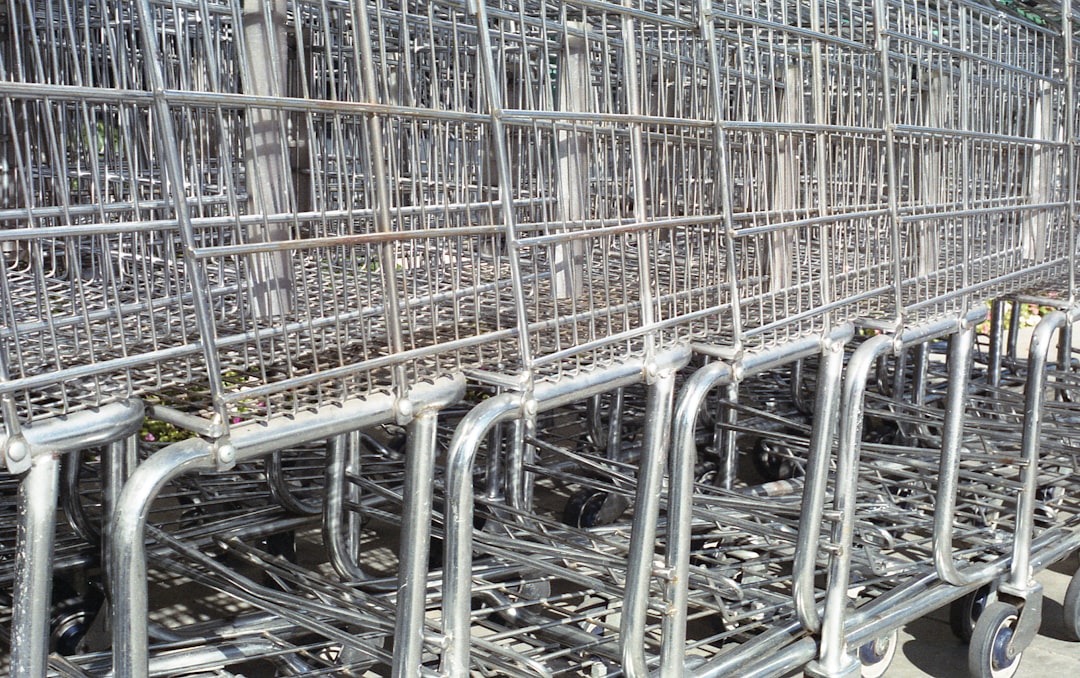The machinery manufacturing industry relies heavily on a consistent and reliable supply of high-quality steel. From the smallest components to the largest frames, steel forms the backbone of countless machines. Securing the right steel, at the right price, and with the right quality is crucial for maintaining profitability and meeting production deadlines. This comprehensive guide delves into the complexities of steel supply for machinery manufacturing, exploring key aspects that manufacturers must consider.
Sourcing Steel: Navigating the Global Market
The global steel market is vast and complex, with numerous suppliers offering a wide range of grades and specifications. Manufacturers must carefully evaluate potential suppliers based on several factors. These include geographical proximity (to minimize transportation costs and lead times), production capacity (to ensure timely delivery), quality certifications (such as ISO 9001), and financial stability. Direct sourcing from steel mills can offer cost advantages and greater control over quality, but it also increases logistical complexity. Working with steel distributors can simplify the process but may result in slightly higher costs. Diversifying your supplier base is also a crucial risk mitigation strategy, protecting against supply chain disruptions.
Steel Grade Selection: Matching Material to Application
Choosing the appropriate steel grade is paramount to ensuring the performance and longevity of the machinery being manufactured. Different applications demand different properties. For instance, high-strength low-alloy (HSLA) steels are ideal for structural components requiring high strength-to-weight ratios, while stainless steels are preferred for applications requiring corrosion resistance. Tool steels, known for their exceptional hardness and wear resistance, are essential for cutting tools and other high-stress components. Understanding the specific requirements of each application – including tensile strength, yield strength, hardness, ductility, and weldability – is essential for selecting the optimal steel grade. Consultations with metallurgical engineers can prove invaluable in this process.
Quality Control and Assurance: Ensuring Consistent Performance
Maintaining rigorous quality control throughout the steel supply chain is non-negotiable. This begins with verifying the supplier’s quality management system and certifications. Incoming inspections of steel shipments are crucial to ensure that the material meets the specified requirements. This may involve visual inspections, chemical analysis, mechanical testing (tensile testing, hardness testing), and non-destructive testing (NDT) techniques such as ultrasonic testing or magnetic particle inspection. Implementing a robust quality management system within the manufacturing facility itself is equally important, ensuring that the steel is processed and fabricated correctly to maintain its integrity and performance.
Cost Optimization: Balancing Price and Quality
Steel costs are a significant factor in the overall manufacturing cost. Optimizing steel procurement involves balancing price and quality without compromising performance. Strategies for cost reduction include negotiating favorable pricing with suppliers, exploring alternative steel grades that offer comparable performance at a lower cost, optimizing material utilization through efficient design and fabrication processes, and minimizing waste through careful planning and execution. Utilizing advanced manufacturing techniques like laser cutting and 3D printing can also contribute to cost savings by reducing material waste.
Future Trends in Steel Supply for Machinery Manufacturing
The steel industry is constantly evolving, with several trends shaping the future of steel supply for machinery manufacturers. The increasing adoption of sustainable practices is driving demand for recycled steel and steel produced with reduced carbon emissions. Advances in steel manufacturing technologies are leading to the development of new steel grades with enhanced properties, such as higher strength, improved formability, and enhanced corrosion resistance. The growing use of digital technologies, including blockchain and AI, is improving supply chain transparency, traceability, and efficiency. Manufacturers must stay abreast of these trends to remain competitive and adapt to changing market demands.
In conclusion, securing a reliable and cost-effective steel supply is a critical aspect of successful machinery manufacturing. By carefully considering the factors discussed above, manufacturers can optimize their steel procurement processes, ensuring high-quality products, on-time delivery, and sustained profitability.
SEO Tags:
- Steel Supply Chain
- Machinery Manufacturing Steel
- Steel Grade Selection
- Steel Quality Control
- Steel Cost Optimization




